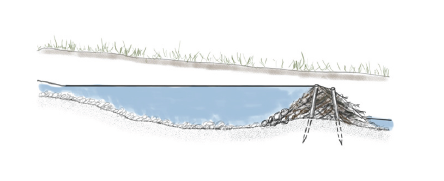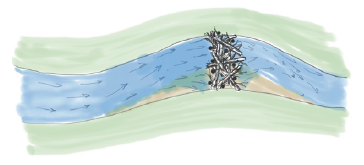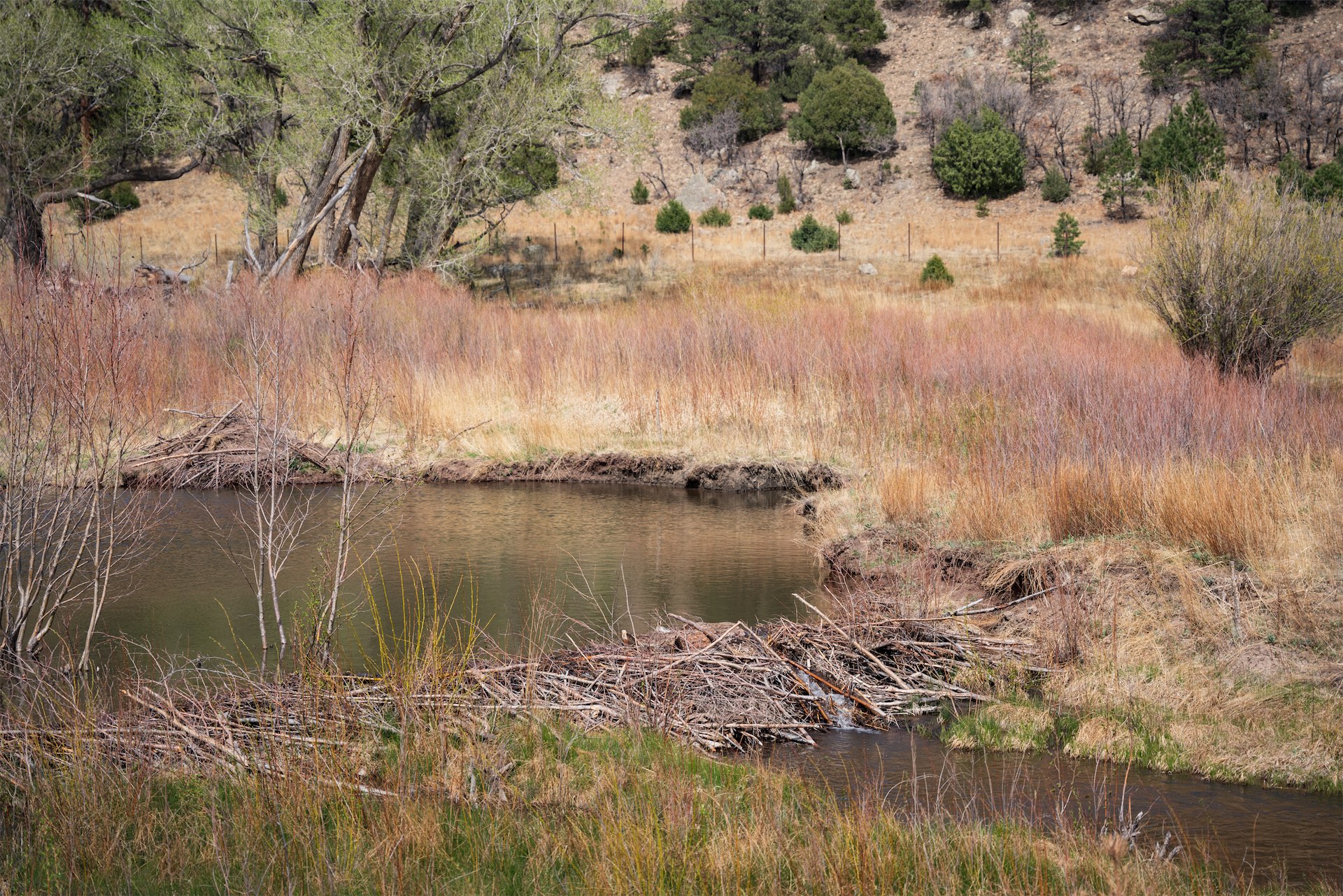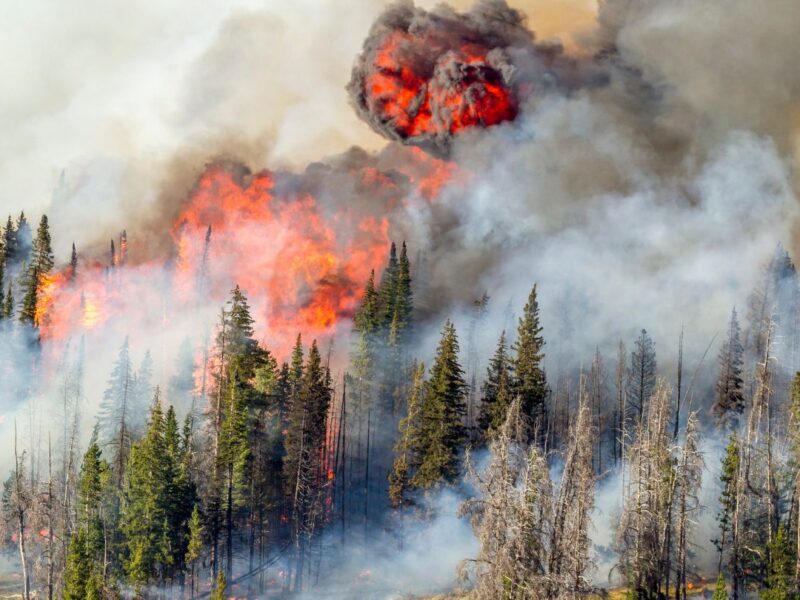Stream restoration doesn’t have to cost an arm and a leg
Low-tech stream restoration techniques can build resilience against drought, mitigate floods and improve forage quantity and quality, as well as improve riparian wildlife habitat. These simple structures and treatments are designed to restore hydrologic processes, allowing the stream to still move around, cut into banks, provide sediment sources and then capture the sediment sources farther downstream in low-tech structures.
It sounds like quite the miracle considering the record droughts, wildfires and heat waves that have plagued the West. Tiffany Russell, an NRCS partner biologist in Northern California for over 10 years, has helped her share of landowners wrestle with this question. We asked Tiffany to help us answer the question: How do I know if low-tech restoration is right for my land?
Russell says, first of all, consider what type of area you are looking to restore. Do you have a perennial creek that flows year-round? Can you wade through it? Do you have an ephemeral drainage that only flows after heavy rains or spring runoff? Or an intermittent creek that might run for part of the year but then dry up?
Generally, beaver dam analogues (BDAs) and post-assisted log structures (PALs) are used on wadable, intermittent to perennial streams. Hand-built rock structures can be used on those streams as well, but are used more often on drier creeks or drainages.
Secondly, it is important to consider your landscape position and what you are trying to conserve or restore. Lower-gradient stream courses with adjacent deeper soils, terraces or flood plains have a higher value to restore or preserve. How much sediment is there in the watershed above you that you can capture with your structure? After fire, even smaller watersheds can have a lot of sediment and could be good places to install structures that capture the soil coming off of the adjacent landscape.
One of the best things about low-tech structures is that they are also low risk and low cost. Although you want to be careful and consider adjacent land uses, infrastructure, water rights and applicable regulatory permits, Russell says, “Low-tech structures can be installed without worrying too much about failure. So, if you don’t get it perfect the first time, observe, reflect and try again!”


Watch
Five two-minute videos on structures for wet meadow restoration, from the Wyoming Department of Fish & Game: onland.link/wet-meadow
Dive In
The USDA’s Working Lands for Wildlife program has a variety of quality resources on wet meadow and stream restoration for the West, prompted by efforts to improve sage grouse habitat. Get started with the planning guide here: onland.link/mesic





